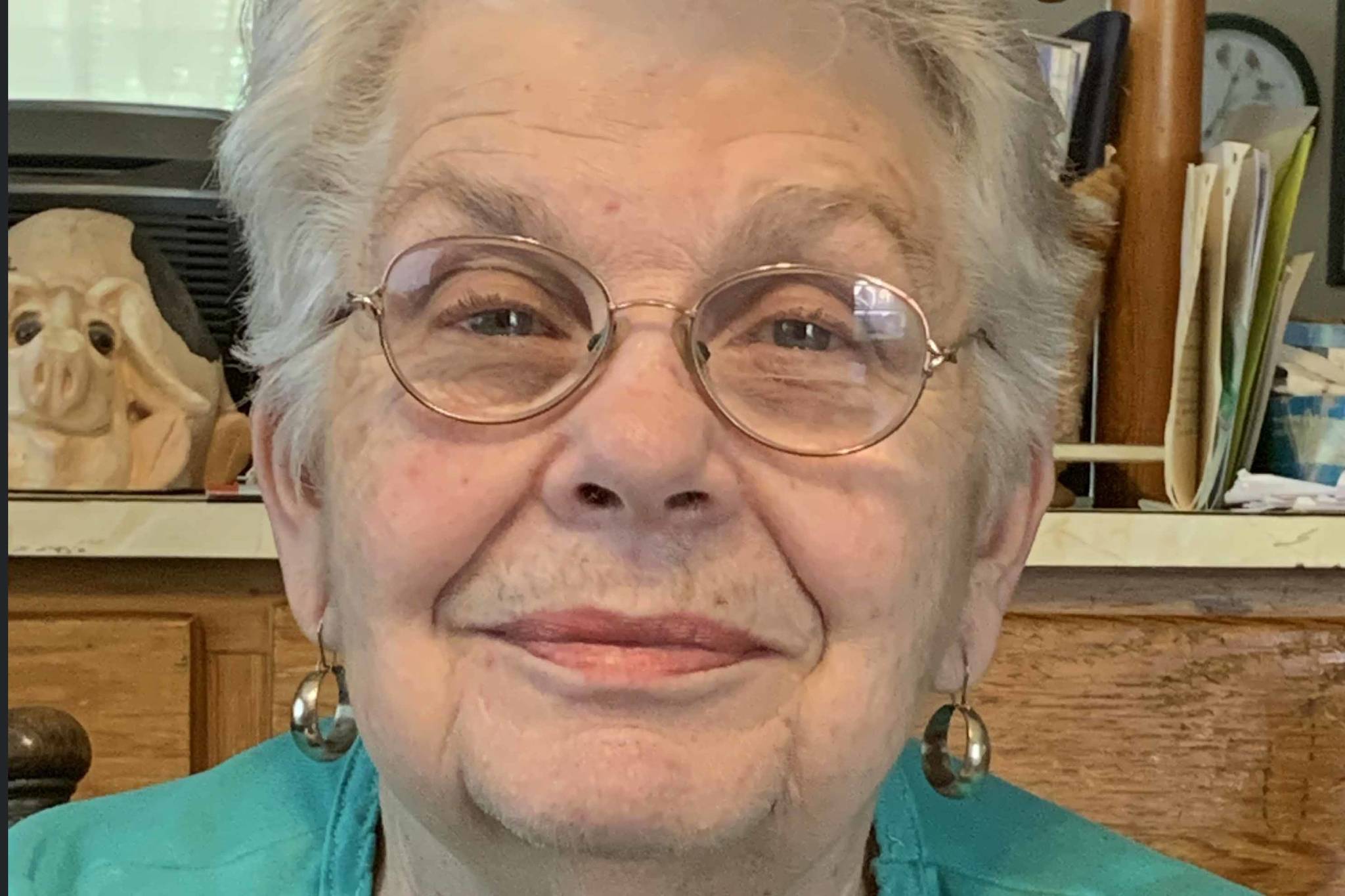When I was a kid watching Western movies, it amazed me that, as the stagecoach raced across the plains, trying to outrun the bandits or escape a raging prairie fire, the wheels always turned the wrong way. Big scene, long shot: The stagecoach is bouncing and rocking along a dirt trail, dust flying, horses running full out, the driver on top flicking a bullwhip over their heads to urge them on. Shotgun turning and firing at the fast-approaching bad guys who are shooting at the rocking coach. Interior shot: frightened passengers jostling roughly back and forth, trying to duck flying bullets. Actually, the forerunner to every car chase since. There hasn’t been a good old stagecoach-running Western since “Blazing Saddles.” The camera pans closer and closer. The stagecoach is winning but the wheels are turning backward!
I was watching a car commercial on TV the other evening, and guess what! The wheels turned backward. Here we are! It’s 2020 and no one in the past many, many years has figured out how to make those wheels turn in the right direction in a moving picture. Of all the things promised for 2020, you’d think someone would have thought of that!
I used to read a lot of science fiction. Not the Bug-Eyed Monster stuff, but the speculative kind by Asimov and Heinlein, who both wrote about future societies and how humans would act and react in the technological future.
Asimov, in particular, predicted robotics and a future made easier by Artificial Intelligence. The 21st century was the focus in many stories, and some predictions by him and others came true or are on the verge. For instance, documents will be scanned and available through wireless transfer. The Fitbit was foretold as a gadget on our wrists to monitor our health. Self-driving cars are not yet a complete reality, but close. Even Alexa was predicted as a ‘personal companion’ robot.
While some of these predictions may not be completely accomplished we have working examples and each year brings an advanced copy. Our reliance on technology is growing fast as more gadgets (think robotic vacuum cleaners) take over small jobs.
But there were lots of predictions that didn’t come about, too: the human foot will become one big toe; we will have personal helicopters, or flying cars; the letters C, X, and Q will disappear from our alphabet; everything will be made of steel (as opposed to plastic!); books will disappear; we will travel by teleportation. (I wish)
Heinlein, on the other hand began his “Future History” novels in the ’30s. They encompassed life during the 21st through the 23rd centuries and focused on politics and religion and generally on the social interactions of humankind. After WWII, space exploration became the norm in his novels, perhaps the only aspect that has not yet come to pass in some form. (He had us on Mars in 2020.) With 20/20 hindsight (see what I did there?) one can say these authors were amazingly accurate in their assessments of how society would be in the 21st century.
Apparently, 2020 had some significance to Nostradamus, also, who made several predictions for that (this) year, many of them dire. However, his predictions are always subject to interpretation and while some think he predicted the end of the world, others say he predicted the birth of a new system and maybe an era of enlightenment. His predictions are a little vague and can be applied to any given time period, depending on the interpreter. However, Jeanne Dixon, the well-known seer who accurately predicted the assassination of JFK among other successful prophecies, predicted Armageddon in 2020, too. I think I prefer Asimov.
So far, the biggest question surrounding the New Year is — is it the end of one decade or the beginning of the next? Technically, because there was not a year zero, the 10th year is the end of each numerical decade. But any 10 years can make a decade and we have a tendency to say ‘the Twenties” or ‘the Sixties” so I guess it’s whatever you want it to be. If you are obsessive, it’s the end of the second decade of the 21st century, but if you are just looking at the calendar and wondering how we got here so fast, it’s “My God! It’s 2020!”
Happy New Year however you count it!
Virginia can be contacted at vewalters@gci.net

